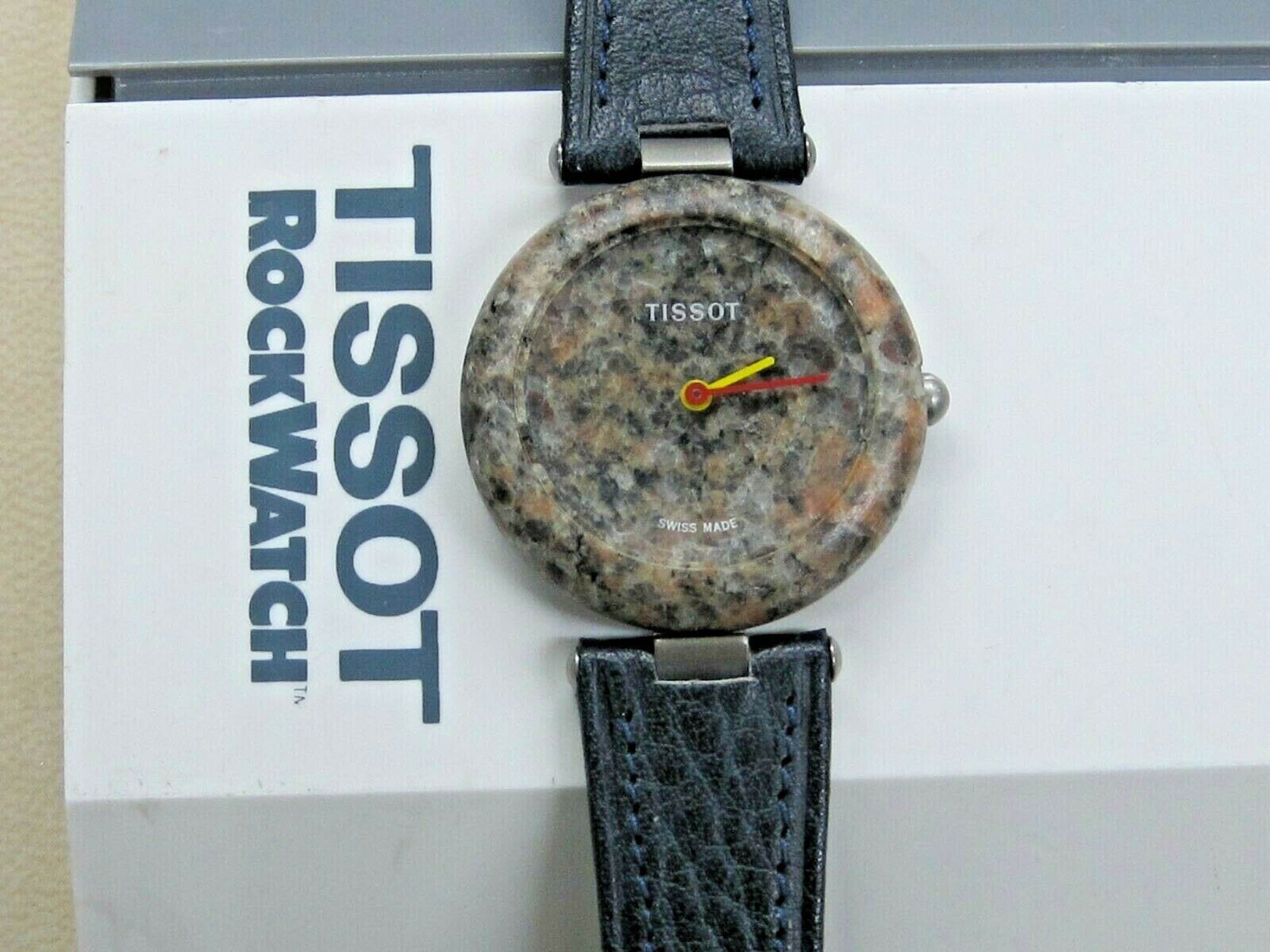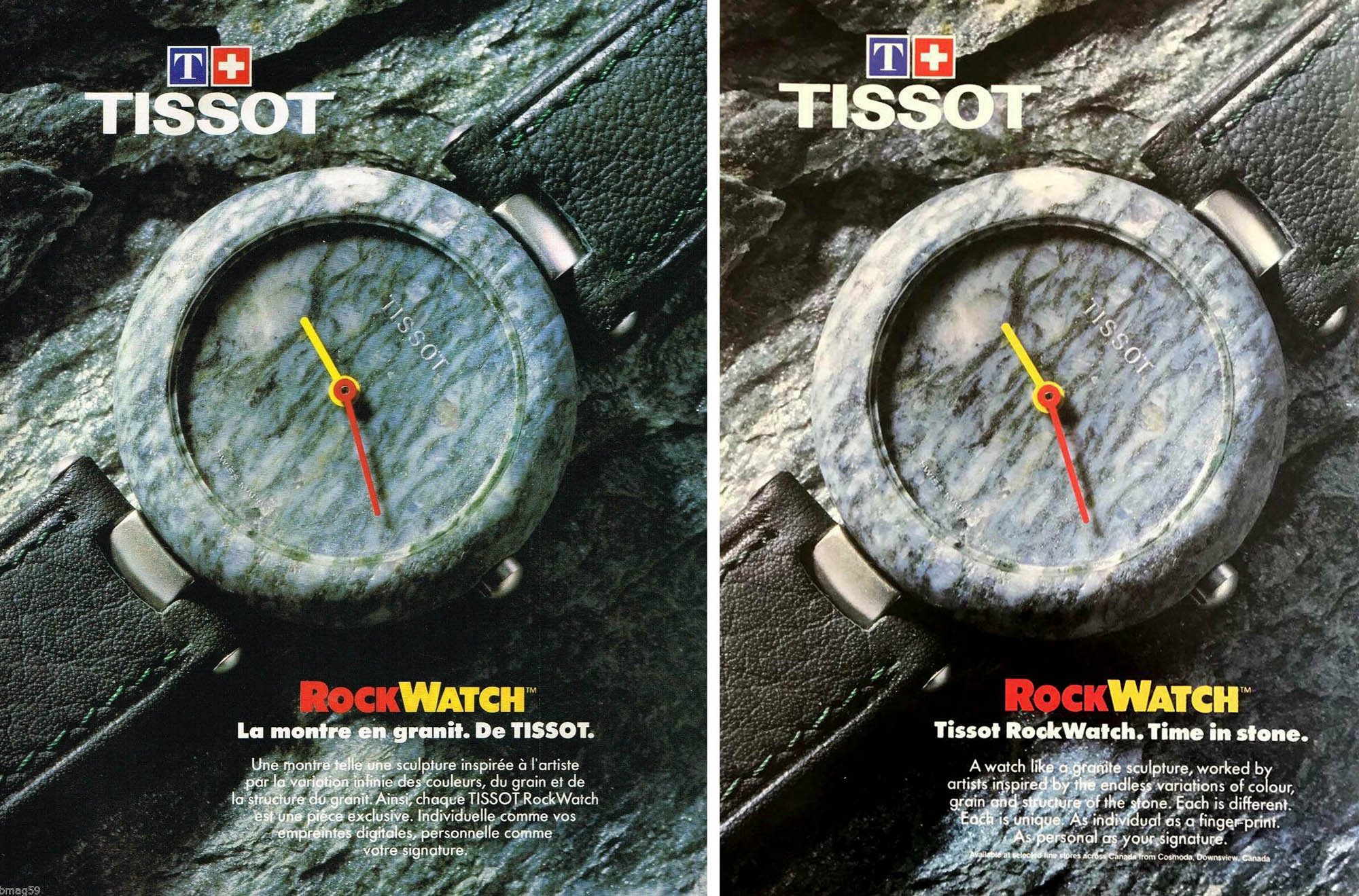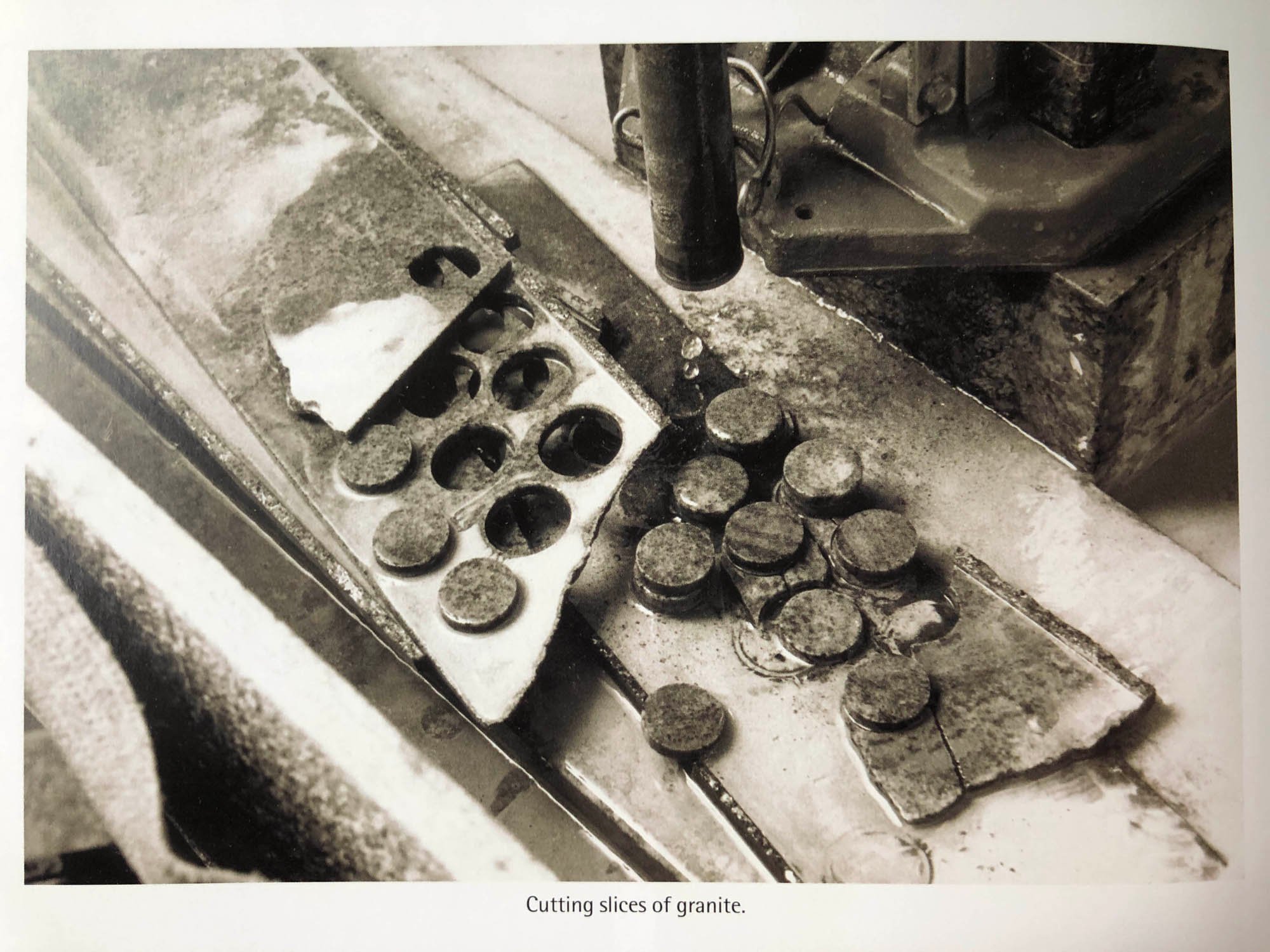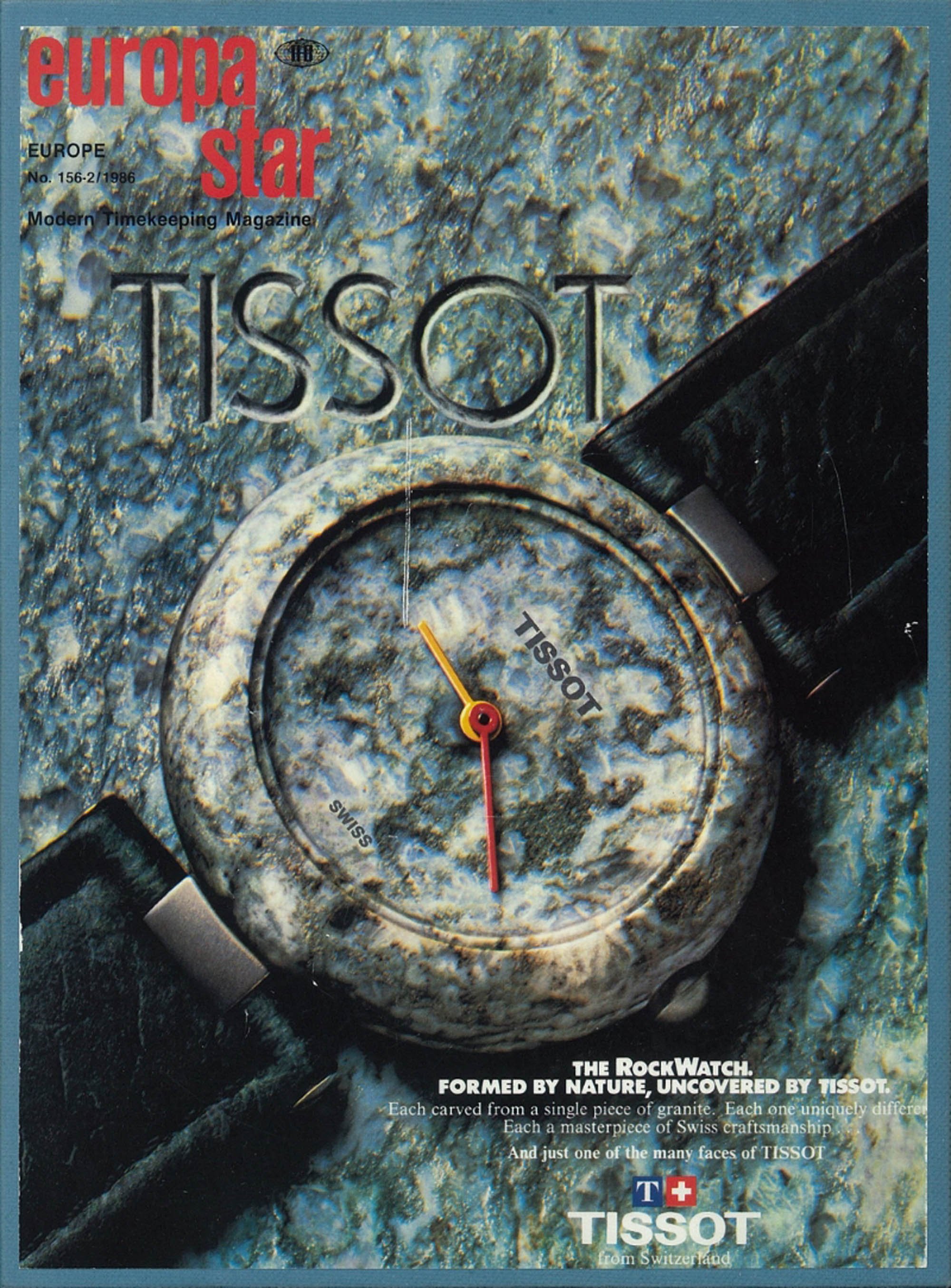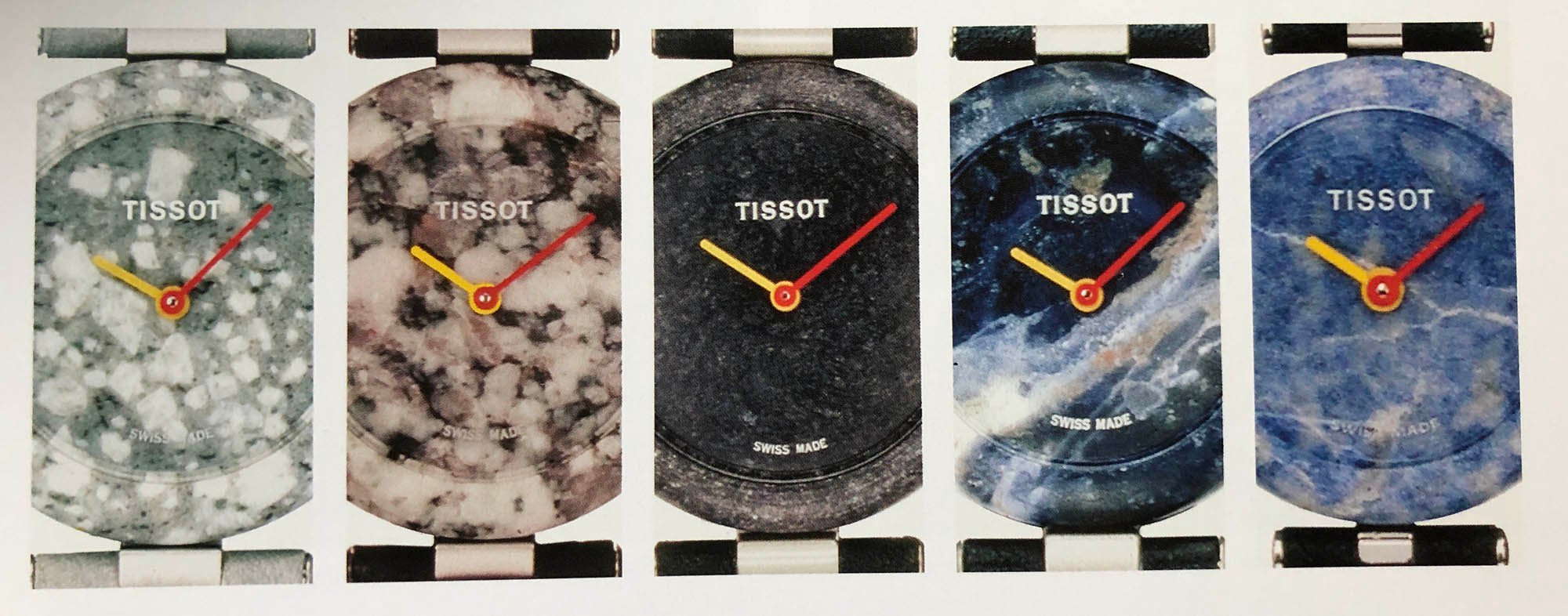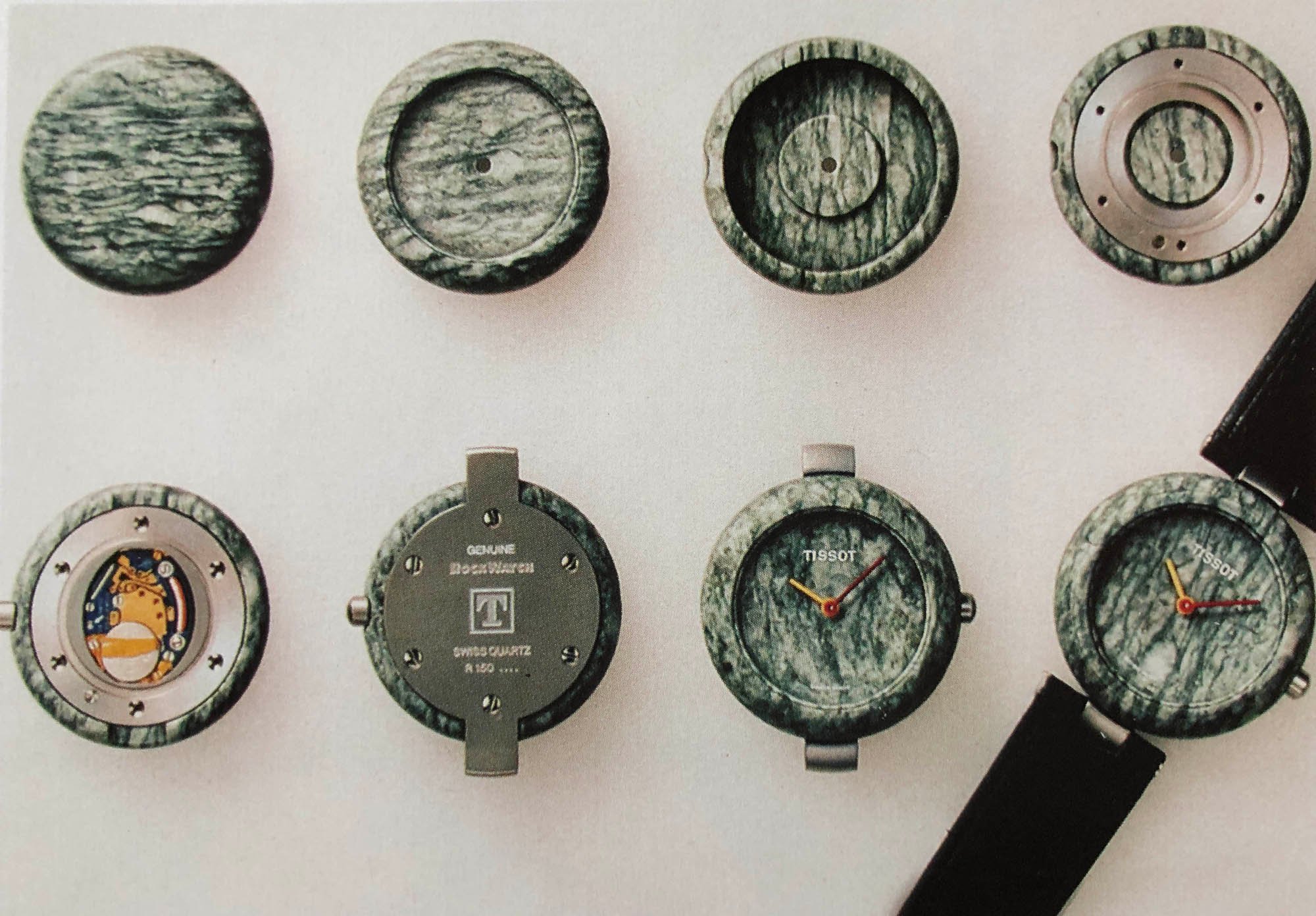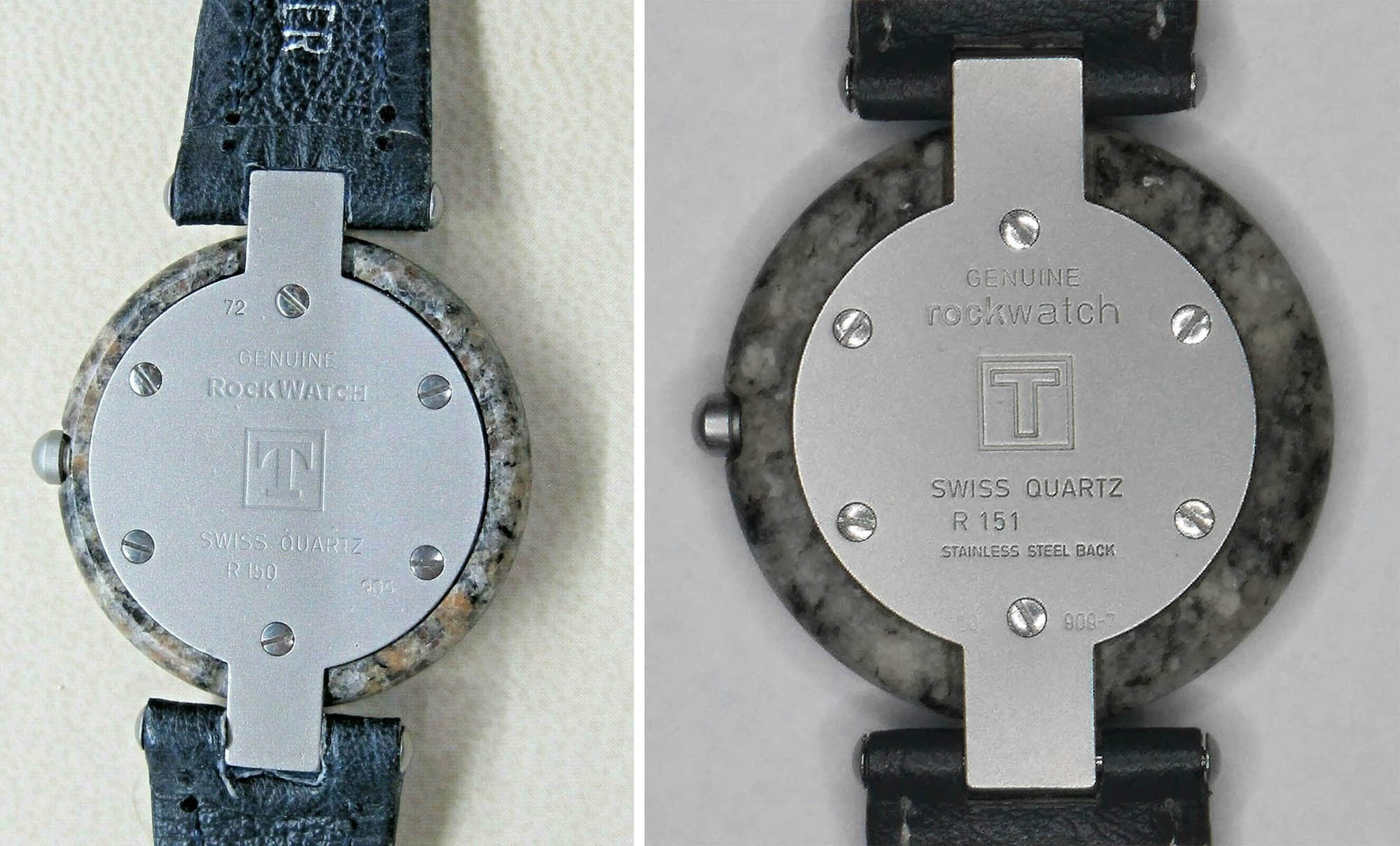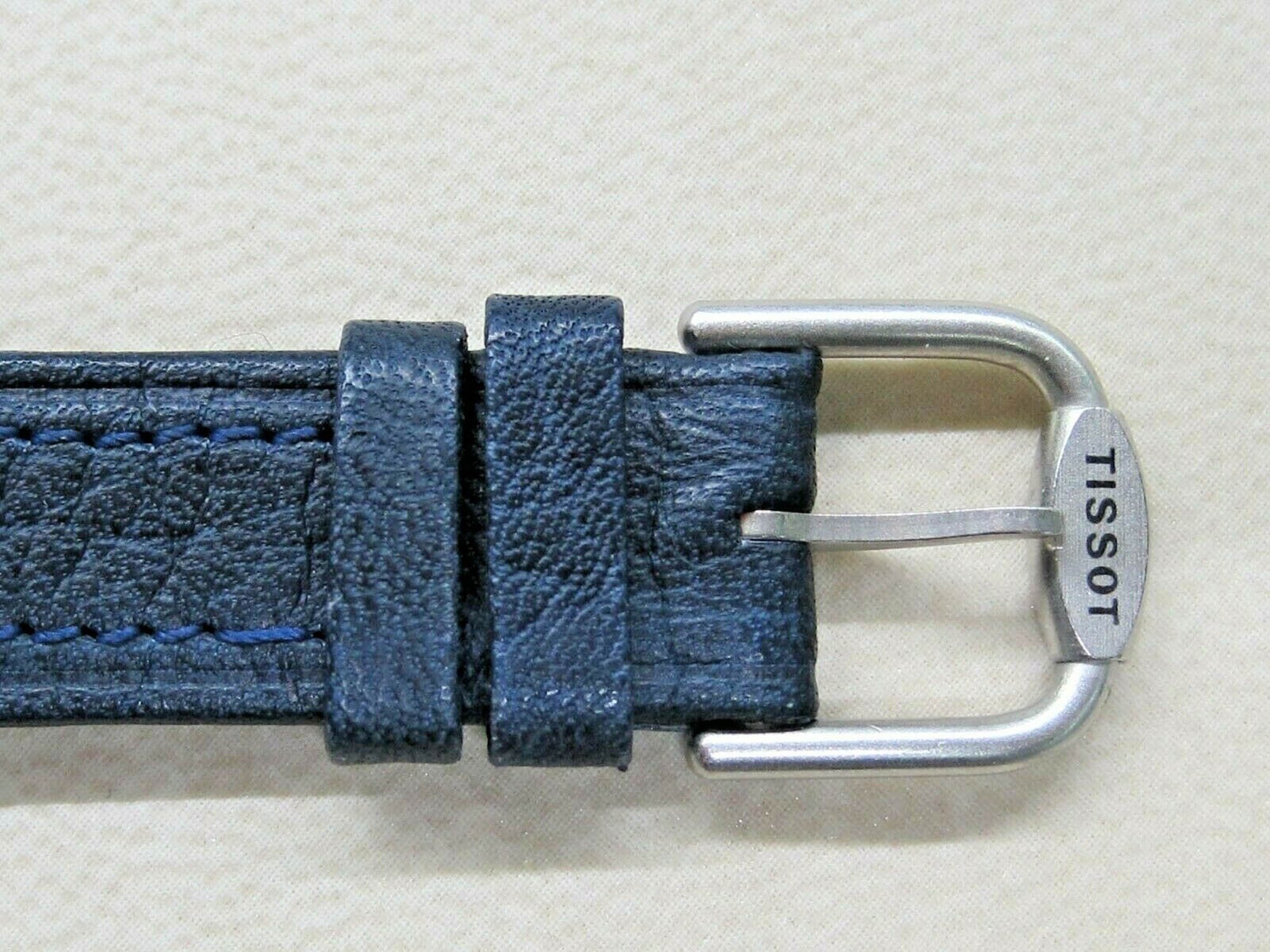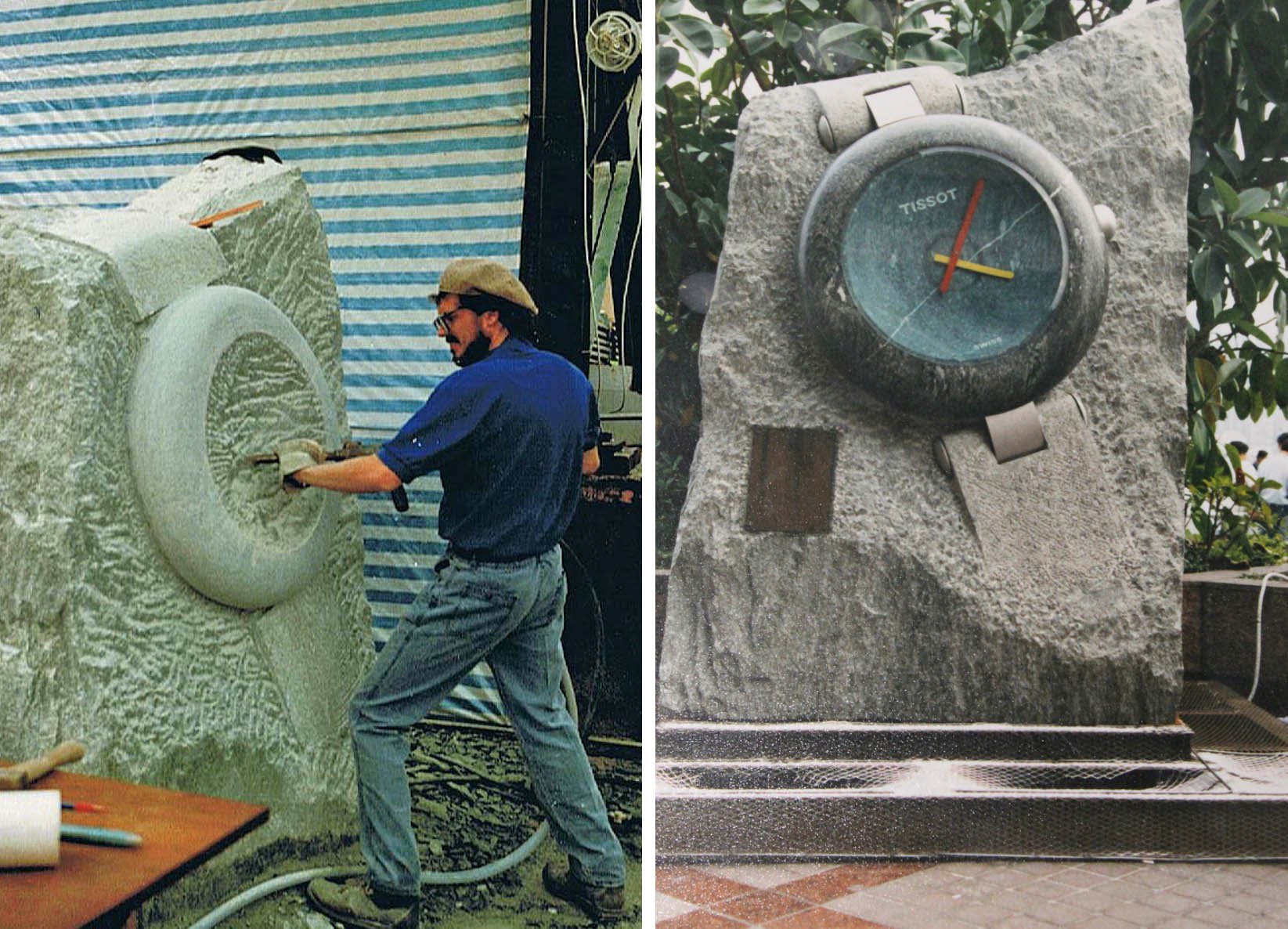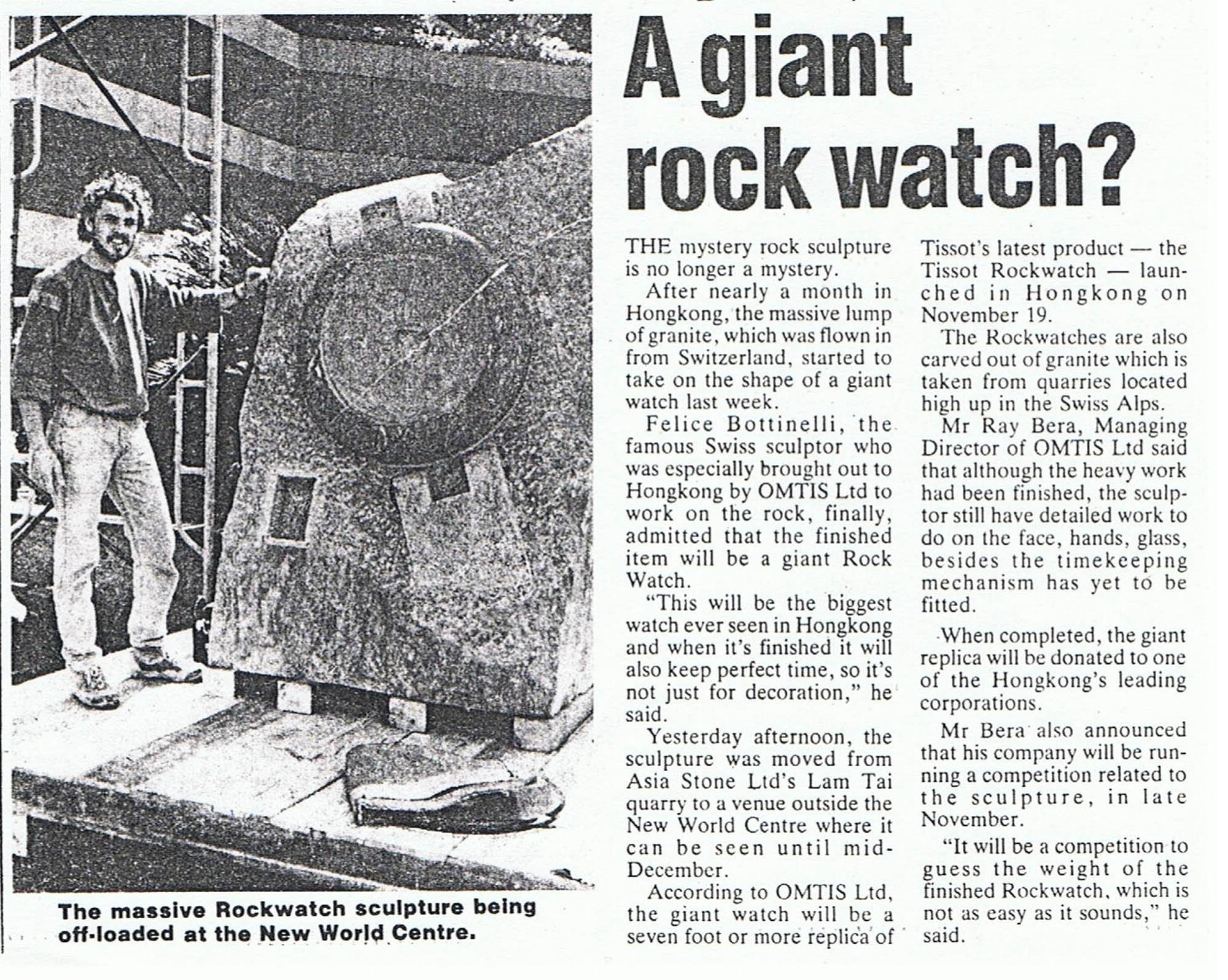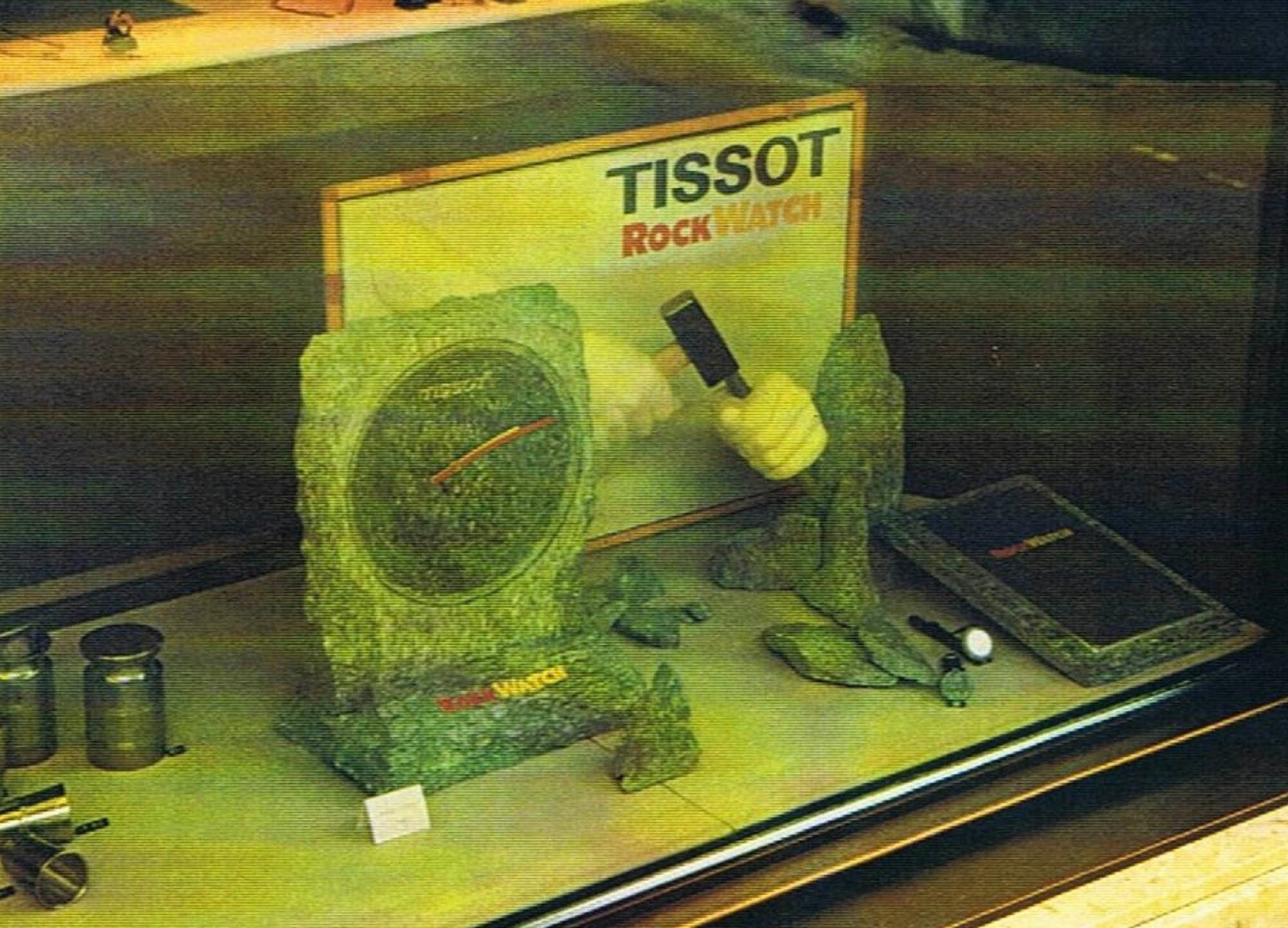Time Travel #1: The 1980s Tissot RockWatch
What happens if you put together ten Fratello Magazine editors from around the world on a late evening team call? Besides a lot of jokes, you get a lot of ideas for new features on Fratello. Welcome to one that made the cut – Fratello’s Time Travel.
We have decided to do the dirty job of looking more closely at often overlooked categories of watches for all the enthusiasts out there. All watches will be anywhere between 1980 and 2000. Embarking upon the quest of digging deeper into our archives, forgotten drawers, or watch-sleeves, we will sift through old catalogs, booklets, and ads with this new challenge in mind. The idea is to shed light on watches from that specific era, where you will find pieces that are almost forgotten but also some pretty wild iconic pieces that paved the way for today’s best-sellers. We start with one in the first category, the Tissot RockWatch.
Tissot RockWatch
Tissot in crisis
After our team brainstorming, it was the Tissot RockWatch that first came to my mind. I came across this watch when I saw it in a Tissot book. I looked into it again and was surprised to find what an important role this watch played in their history. In the early 1980s, Tissot went through enormous difficulties. “In 1974, Tissot sold precisely 919,200 watches with mechanical calibers of its own manufacturing. Ten years later, in 1984, the total number of watches sold had plummeted to 14,140, 10,226 of which were equipped with mechanical calibers. That, in a nutshell, was the magnitude of the fall.“ as quoted in the Europa Star Archives. By the way, Sky wrote about this fantastic source of information here, look it up!
Ernst Thomke
After the instant success of the Swatch launch in 1983, the Tissot RockWatch was the other big success of the 1980s. It’s not difficult to believe the anecdote that the idea came to life during one booze drenched evening. When Ernst Thomke, Swatch inventor who merged the Ebauches companies into ETA, proposed the idea to the Tissot team, they hoped he was joking. He was not.
Project starts
Estelle Fallet writes in her book Tissot: 150 Years of History 1853-2003, that the Tissot RockWatch idea originally came from the sculptor and technical advisor for the choice of jewels, Peter Kunz. Jacques Muller and Elmar Mock were in charge of implementation. With only six months allocated before launch, it was an example of effective prototyping and following the market. Most of the 7 million Swiss francs invested into development were eaten up by the development of special machinery that would be able to mill such small stone pieces. Backed with another 20 million for advertising, the Tissot RockWatch was ready to please Americans that hadn’t heard from this brand for at least ten years before that.
Instant success
The orders began to come in from Chicago, Boston, and Atlanta in December 1985, with demand so large it lead Tissot to create new jobs. The official launch on the Swiss market was set for three months later, in March 1986. The successful launch included scoring a cover page of the Modern Timekeeping Magazine Europe Star. The headline sums it up: „RockWatch – formed by nature, uncovered by Tissot.“
Choose your stone
The granite used to make the Tissot RockWatch cases came from the Alps in the Grischun, Ticino, and Valais areas. Later versions of the Tissot RockWatch used different stones from various mountainous regions around the world, including alabaster, Brazilian aventurine, and blue sodalite, Scandinavian basalt, blue lace agate, Italian lapis lazuli, magnesite, picture jasper from Kalahari desert, Australian pink rhodonite, quartz, and thulite. Some pieces received decorative dial inserts such as sectors from prehistoric clamophyllia coral as a premium option.
Construction
The cavities for the movement and the dial face were milled from both sides, fully integrating the dial into the case. The straps were fixed to the backplate on both ends, thus preventing mechanical stress to the stone. The backplate lettering “RockWatch” was originally embossed in capitalized form. Final batches, however, were fitted with a slightly redesigned embossed plate sporting a modernized T-logo and “rockwatch” spelled out in lower case letters.
Three diameters
In September 1986, a bigger model was launched in five versions. The previous smaller model was released in double that amount. While we’re on the subject of diameter, be careful when buying a Tissot RockWatch online. All the Tissot RockWatch pieces look the same size if photographed on a blank background. The ladies diameter of 23 mm carries an R140 engraving on the backplate, the unisex 30 mm R150, and the biggest diameter of 33 mm sport the R151 ref. All models are equipped with a 6 jewel ETA 976.001 quartz movement.
Tied to nature
The color of the watch’s hands was allegedly inspired by the colors of Swiss hiking trail markers. Early pieces have a red minute hand and yellow hour hand, with later versions coming in a green and black combination. The standard leather strap had a nicely branded buckle. However, if customers wanted to opt for the premium versions, they could order a bracelet-like strap made from the same stone as the case. When introduced, the standard granite versions of the mid-size on leather strap retailed for $200 in the US and around CHF 300 in Switzerland.
Digging deeper
When Tissot launched the RockWatch wristwatches in 1986, Swiss sculptor Felice Bottinelli was contracted to produce large-format rock watches for window displays all over Switzerland. If you want to grab one, try eBay, there should be one available in the UK. The asking price is, well, daring, but I have to say it is a rarity and a great conversation piece for your living room or study.
The same artist was also commissioned to participate in a fantastic PR stunt. Felice Bottinelli also created a large-format Tissot RockWatch crafted from a 5-ton granite block. The seven-foot-tall sculptural replica was off-loaded at the New World Center and was part of the teasing campaign preceding the Tissot RockWatch launch in Hong Kong on November 19th, eight months after the launch in Switzerland. You can find fantastic photo documentation and news clipping on Bottinelli’s website.
Last thoughts on the Tissot RockWatch
According to Estelle Fallet, sales reached more than 800.000 watches in 1994. I am sure that this quartz-powered, slightly feminine looking watch without a single hour marker has no chance of challenging any of your Seiko, Rolex, Breitling or Omega champs. But when looking at it as a daring business that allowed Tissot to escape its death sentence, it deserves a place in my collection. The Tissot RockWatch is one of those pieces that we have to glorify. There are still quite a few RockWatches out there. If you got lucky like me, you could get an original NOS full set with a price tag smaller than the one from 1985.

